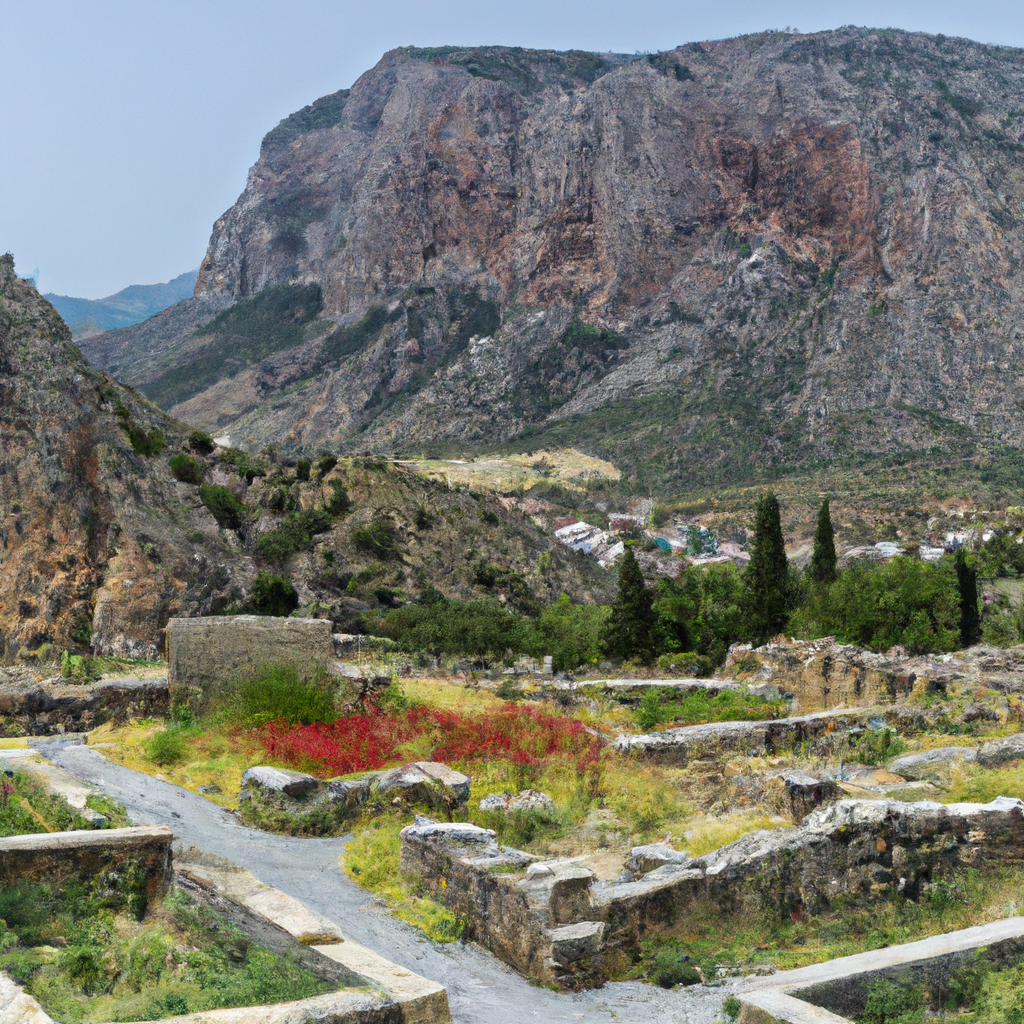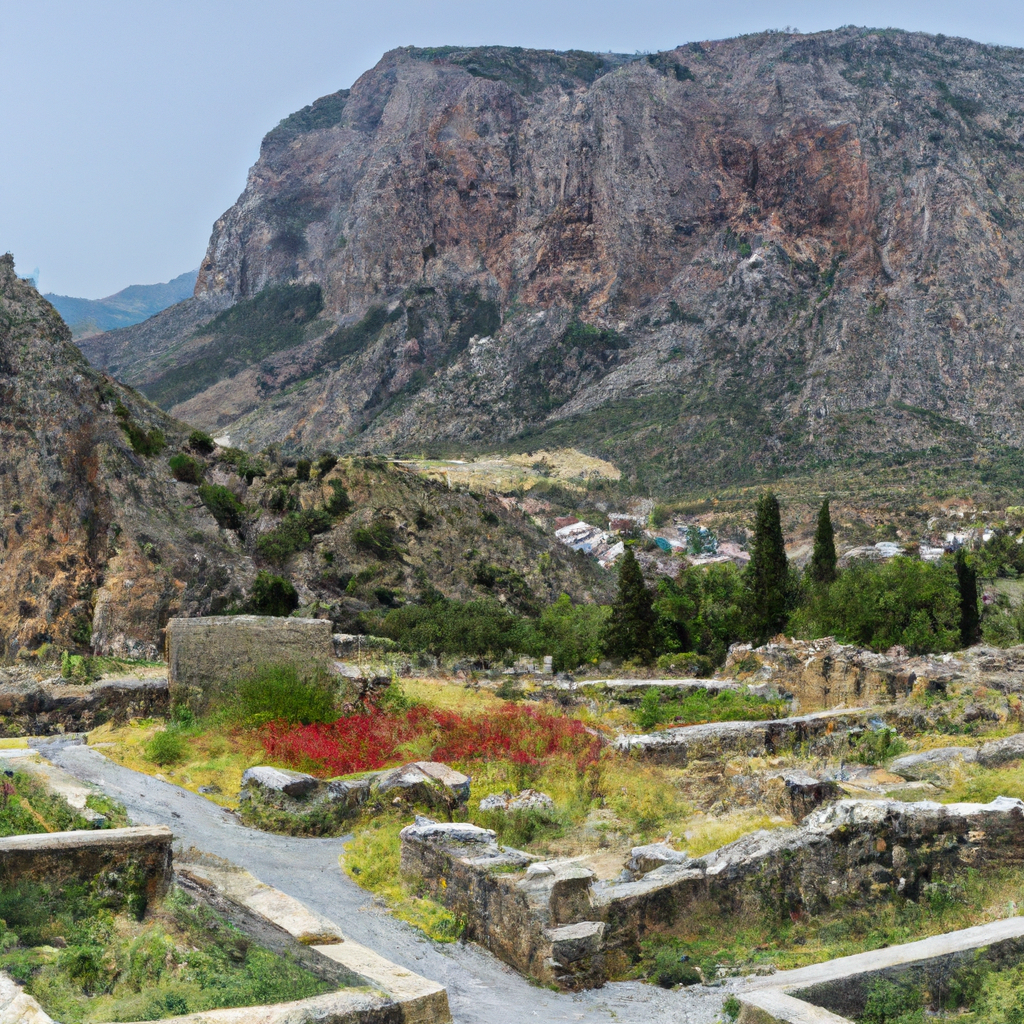Imagine wandering through a captivating island where the past seamlessly intertwines with the wonders of nature. Let us introduce you to Crete, a destination that will captivate your soul with its blend of history and breathtaking landscapes. Embark on a journey to this enchanting Greek island and unlock the secrets of ancient civilizations, while immersing yourself in the awe-inspiring beauty of its natural wonders. From the magnificent ruins of Knossos to the stunning beaches and rugged mountains, Crete offers a rare combination of ancient treasures and stunning landscapes that will leave you utterly enchanted. Join us as we discover the hidden gems of Crete, where history meets nature in a truly mesmerizing harmony.
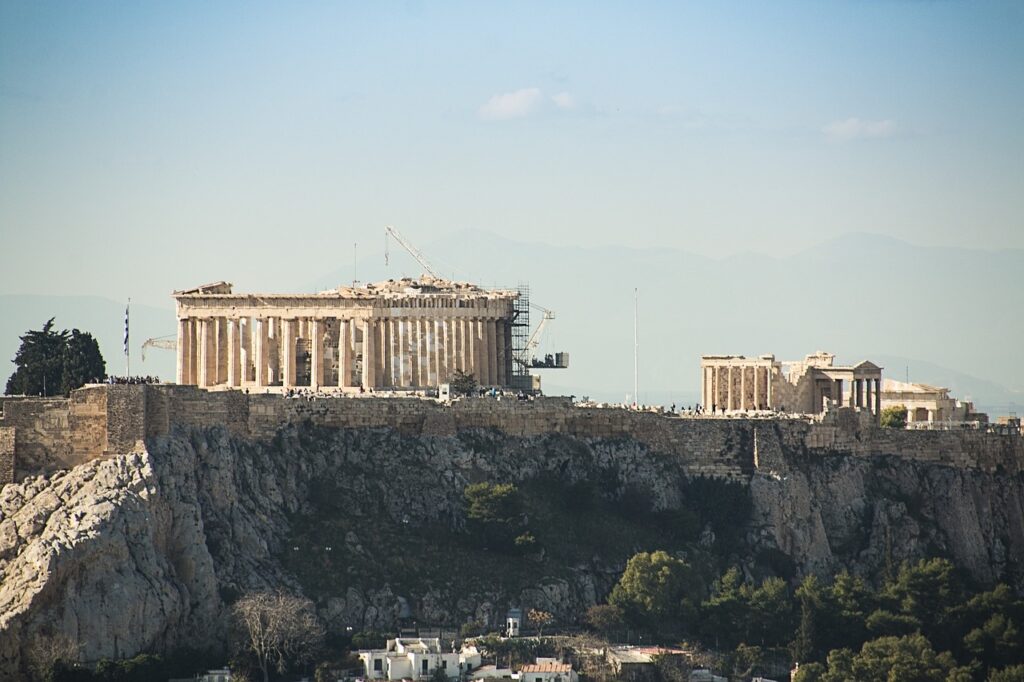
History of Crete
Crete, the largest Greek island, is steeped in rich history that dates back thousands of years. From the Minoan civilization to Byzantine and Venetian rule, and the Ottoman and Modern Era, Crete has borne witness to numerous historical events and influences. Exploring the history of Crete allows you to uncover its fascinating past and gain a deeper understanding of the island’s cultural heritage.
Minoan Civilization
The Minoan civilization, which thrived on Crete from approximately 2700 BC to 1450 BC, was one of the earliest advanced civilizations in Europe. The archaeological site of Knossos is the most famous symbol of this ancient civilization. As you wander through the ruins, you’ll be transported back in time, imagining the palace complex as it once stood, with its grand architecture and vibrant frescoes. The Minoans were known for their achievements in art, architecture, and maritime trade, making them one of the most influential cultures of their time.
Byzantine and Venetian Rule
Following the decline of the Minoan civilization, Crete fell under the control of various empires, including the Byzantine and Venetian Empires. The Byzantine period, spanning from the 5th to the 13th century AD, left its mark on the island with the construction of numerous churches and monasteries. These religious sites, such as the Gortyn Church, boast impressive Byzantine frescoes and intricate architectural details.
During the Venetian period, from 1204 to 1669, the island underwent significant urban development, and mighty fortresses were built to protect coastal cities. The most notable of these fortifications is the Heraklion Fortress, also known as the Koules Fortress, located in the heart of Heraklion. A visit to this historical monument offers not only panoramic views of the city but also a glimpse into Crete’s medieval past.
Ottoman and Modern Era
After the fall of the Venetian Empire, Crete came under Ottoman occupation for almost three centuries, from 1669 to 1898. This period was marked by cultural and religious restrictions, but it also saw the emergence of a strong Cretan national identity and resistance movements. The Cretan revolt against Ottoman rule in the late 19th century led to the intervention of several European powers and, ultimately, the island’s union with Greece in 1913. The modern era of Crete is characterized by the preservation of its unique cultural heritage and ongoing efforts to honor and celebrate its history.
Archaeological Sites
To delve deeper into the captivating history of Crete, a visit to its archaeological sites is a must. These ancient sites provide a glimpse into the lives of past civilizations and offer a tangible connection to the island’s rich heritage.
Knossos
Knossos, located near the modern-day city of Heraklion, is the most famous archaeological site on Crete. As the heart of the Minoan civilization, Knossos was a sprawling palace complex that housed the legendary King Minos. Exploring the ruins of Knossos allows you to walk through intricate royal chambers, admire beautiful murals, and envision life in this ancient city. The site is also home to the labyrinth, where the mythical Minotaur is said to have roamed.
Phaistos
Phaistos, another significant Minoan archaeological site, is located on a hill in the Messara Plain. This well-preserved palace complex showcases exceptional Minoan architecture and offers breathtaking views of the surrounding landscape. The Phaistos Disc, a mysterious artifact discovered here, remains an unsolved enigma, captivating archaeologists and historians to this day.
Gortyn
Gortyn, situated in the fertile plain of Messara, was one of the most important cities in ancient Crete. The site is renowned for its sprawling ruins, including an impressive Roman theater, an early Christian basilica, and the remnants of an ancient law code inscribed on stone blocks known as the Gortyn Law Code. A visit to Gortyn provides a unique opportunity to witness the blending of different cultures and civilizations throughout the island’s history.
Malia
Malia, located on the northern coast of Crete, is another magnificent Minoan archaeological site. This ancient city boasts a well-preserved palace complex that rivals Knossos in grandeur. As you explore the site, you’ll discover a labyrinth of corridors, magnificent courtyards, and remnants of vividly colored frescoes. Malia offers an immersive experience, allowing you to step back in time and envision life in a thriving Minoan city.
Historical Monuments
Crete’s historical monuments are testament to the island’s rich and diverse past, embodying the architectural brilliance of different civilizations that have left their mark on the island throughout the centuries. From mighty fortresses to imposing walls, these structures serve as tangible reminders of Crete’s turbulent history.
Heraklion Fortress
The Heraklion Fortress, also known as the Koules Fortress, is a majestic fortress situated at the entrance of the old harbor in Heraklion. Built by the Venetians in the 16th century, this imposing structure stands as a symbol of Crete’s resilience and strategic significance. As you explore the fortress, you’ll be greeted with breathtaking views of the city and the sea. The walls of the fortress are adorned with cannons and embrasures, a reminder of its military past.
Rethymno Fortezza
Perched high above the town of Rethymno, the Fortezza is an impressive Venetian fortress that offers panoramic views of the surrounding landscape. Built in the late 16th century, this fortified complex served as a defensive stronghold during times of conflict. Today, it stands as a prominent cultural landmark, hosting various cultural events and exhibitions. A visit to the Fortezza allows you to explore its labyrinthine corridors, admire the preserved battlements, and experience the grandeur of Venetian architecture.
Chania Venetian Walls
The Venetian Walls of Chania, encircling the entire old town, are a testament to the island’s strategic importance during the Venetian era. These massive fortifications served as a defensive system to protect the city from invading forces. Today, walking along the well-preserved walls offers a unique opportunity to immerse yourself in history and witness panoramic views of Chania. The walls are adorned with robust bastions, gates, and moats, showcasing the engineering prowess of the Venetians.
Traditional Villages
Crete is not only known for its remarkable historical sites but also for its picturesque traditional villages. Nestled amidst rugged landscapes, these villages exude charm and provide a glimpse into the island’s rural traditions and way of life.
Anogia
Perched high in the mountains of central Crete, Anogia is a traditional village known for its strong cultural identity and rich traditions. Famous for its resistance against the Ottoman Empire, Anogia holds a special place in Cretan history. As you wander through the narrow alleys, you’ll encounter traditional stone houses, quaint squares, and local workshops crafting exquisite textiles and pottery. The village’s warm hospitality and traditional tavernas serving authentic Cretan cuisine make it a must-visit destination for immersing yourself in the island’s cultural heritage.
Archanes
Archanes, located in the heart of the island, is a charming village renowned for its archaeological treasures and traditional architecture. As you stroll through the village’s cobblestone streets, you’ll be captivated by its well-preserved neoclassical mansions, colorful flowers adorning the balconies, and inviting tavernas serving regional delicacies. The village is also known for its excellent local wines, and you can visit some of the nearby wineries to savor these authentic Cretan flavors.
Vamos
Nestled in the verdant hills of western Crete, Vamos is a traditional village that exudes a serene ambiance. This charming settlement showcases the architectural heritage of the island, with its beautifully restored houses made of local stone and red-tiled roofs. As you explore Vamos, you’ll discover hidden corners adorned with vibrant flowers, inviting you to sit down and soak in the tranquility. The village is also home to traditional workshops and local cooperatives where you can learn about traditional handicrafts and support local artisans.
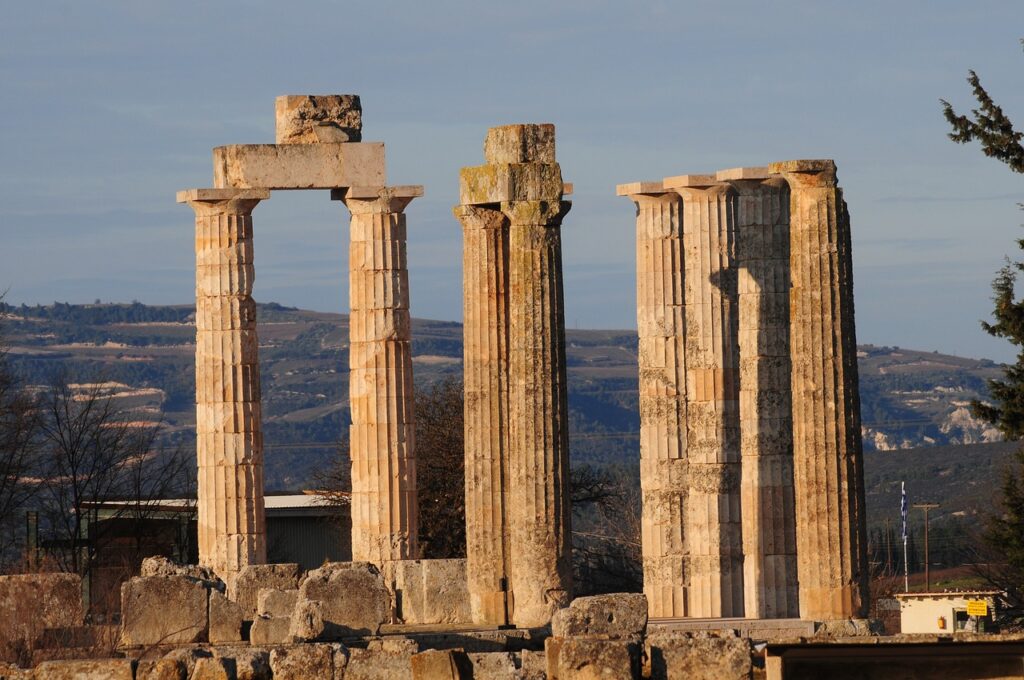
Natural Attractions
Beyond its rich history, Crete’s natural attractions are equally captivating, offering visitors the opportunity to explore breathtaking landscapes, unique ecosystems, and rare flora and fauna. From gorges and lagoons to botanical gardens, Crete’s natural wonders will leave you in awe of the island’s unparalleled beauty.
Samaria Gorge
The Samaria Gorge, located in the heart of the White Mountains, is one of the most renowned natural landmarks in Crete. This awe-inspiring canyon stretches over 16 kilometers, offering a challenging yet rewarding hiking experience. As you traverse the rugged terrain, you’ll be surrounded by towering cliffs, crystal-clear streams, and the soothing sound of nature. The Samaria Gorge is also home to several endemic species, including the Cretan chamois, making it a haven for nature enthusiasts and adventure seekers.
Botanical Park of Crete
Nestled in the foothills of the White Mountains, the Botanical Park of Crete is a haven of natural beauty and tranquility. This enchanting garden spans over 20 hectares, showcasing a diverse collection of Mediterranean plants, aromatic herbs, and endemic species. As you explore the park’s winding paths and lush greenery, you’ll be greeted by the scent of wildflowers and the harmonious songs of birds. The Botanical Park of Crete offers a serene escape, inviting visitors to reconnect with nature and experience the island’s rich biodiversity.
Balos Lagoon
Balos Lagoon, located on the northwestern coast of Crete, is a breathtaking natural wonder that captivates visitors with its turquoise waters and pristine beaches. Accessible by boat or a challenging hike, Balos Lagoon is a sanctuary of natural beauty. As you approach the lagoon, you’ll be greeted by a panoramic vista of white sand, shallow clear waters, and a small island adorned with an ancient Venetian fortress. Balos Lagoon is a paradise for sunbathing, swimming, and simply immersing yourself in the tranquil beauty of the Cretan coastline.
Beaches
Crete is renowned for its stunning beaches, offering a diverse range of coastal landscapes that cater to every beach lover’s taste. From secluded coves to vast sandy stretches, the island’s beaches are a perfect blend of natural beauty and serene relaxation.
Elafonisi Beach
Elafonisi Beach, located on the southwestern coast of Crete, is often described as a paradise on earth. This idyllic spot is famous for its vibrant pink sand, crystal-clear turquoise waters, and the small islet of Elafonisi that can be reached on foot during low tide. Elafonisi Beach offers a truly tropical experience, with its shallow lagoons, sand dunes, and a sense of unspoiled natural beauty that will leave you in awe.
Balos Beach
Balos Beach, part of the Balos Lagoon, is a postcard-perfect destination that beckons beach lovers with its unrivaled beauty. Located at the northwest tip of the island, Balos Beach is known for its surreal blue and turquoise waters, pristine white sandy shores, and dramatic cliffs. Accessible by boat or a challenging hike, the journey to Balos Beach is well worth the effort, as you’ll be rewarded with panoramic views and a secluded paradise where you can unwind and soak up the sun.
Falassarna Beach
Falassarna Beach, located on the western coast of Crete, is a haven for beach enthusiasts seeking serene landscapes and crystal-clear waters. This vast stretch of golden sand, framed by imposing cliffs, offers a tranquil retreat away from the bustling crowds. The shallow waters are perfect for swimming and snorkeling, allowing visitors to explore the underwater world teeming with marine life. As the sun sets over the horizon, Falassarna Beach transforms into a magical spot, casting a warm glow over the picturesque scenery.
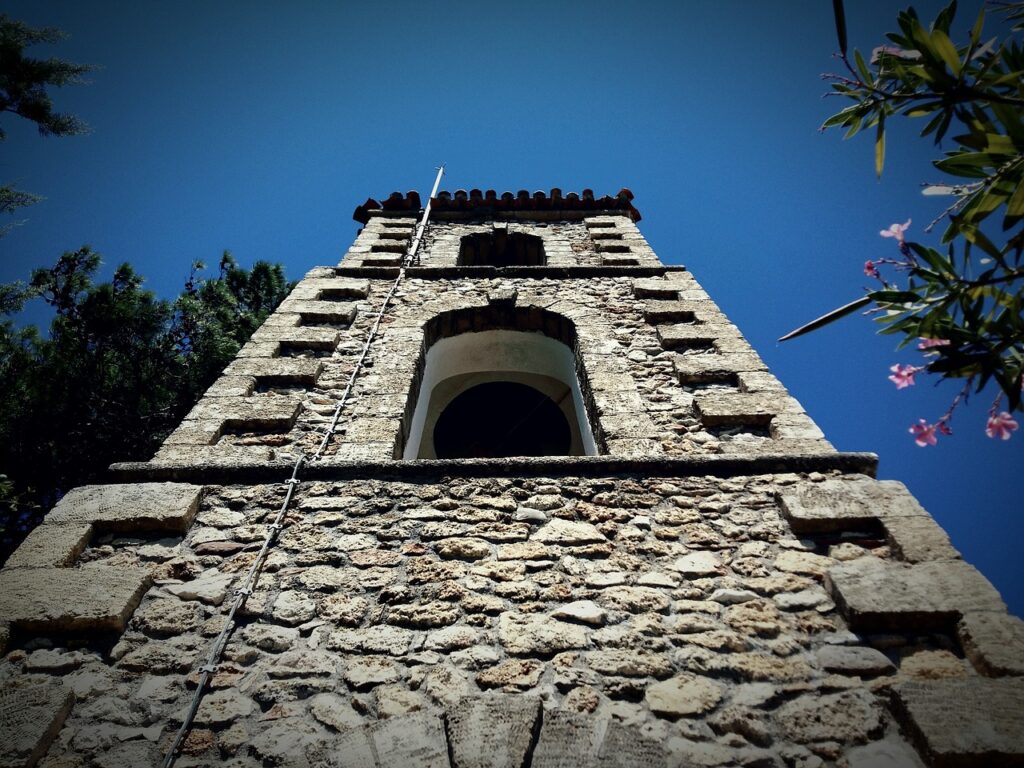
Mountainous Landscapes
Crete’s mountainous landscapes are a testament to the island’s geological diversity and offer awe-inspiring vistas that will take your breath away. With rugged peaks, deep gorges, and picturesque plateaus, exploring the mountains of Crete allows you to connect with nature and embark on unforgettable adventures.
White Mountains
The White Mountains, also known as the Lefka Ori, are the backbone of western Crete and boast some of the most dramatic landscapes on the island. With towering peaks reaching up to 2,453 meters, the White Mountains offer breathtaking vistas, hidden valleys, and challenging hiking trails. From the renowned Samaria Gorge to the awe-inspiring peaks of Pachnes and Gigilos, exploring the White Mountains is a rewarding experience for mountain enthusiasts and nature lovers alike.
Psiloritis
At 2,456 meters, Psiloritis, also known as Mount Ida, is the highest mountain on Crete. This majestic peak, shrouded in mythology and folklore, offers an incredible trekking experience. As you ascend the mountain, you’ll be immersed in a pristine natural environment, with panoramic views of the surrounding landscape stretching all the way to the sea. Psiloritis is also home to the Ideon Andron cave, where myth has it that Zeus was born. A hike to the summit of Psiloritis is a must for those seeking a challenge and a deep connection with the island’s mythical past.
Dikti Range
The Dikti Range, located in eastern Crete, offers a mesmerizing combination of rugged mountains, deep gorges, and hidden plateaus. The majestic peaks of Dikti provide a stunning backdrop to the Lassithi Plateau, a fertile agricultural region dotted with traditional windmills and picturesque villages. Exploring the Dikti Range allows you to experience the untamed beauty of Crete’s highlands, encounter rare wildlife, and immerse yourself in the island’s rural traditions.
Caves and Caverns
Crete’s underground world is a treasure trove of geological wonders, with a vast network of caves and caverns waiting to be explored. These subterranean landscapes offer a fascinating glimpse into the island’s geological history and provide a refuge for unique species and rare formations.
Dikteon Cave
Located on the slopes of Mount Dikti, the Dikteon Cave is one of the most significant and mythologically important caves on Crete. This ancient cave is associated with the legend of Zeus, as it is believed to be his birthplace. Exploring the Dikteon Cave allows you to witness stunning stalactites and stalagmites, underground chambers, and an ethereal ambiance that brings mythology to life.
Ideon Andron
Situated on the slopes of Mount Ida, the Ideon Andron, also known as the Cave of Zeus, holds a mythical aura that captivates visitors. This cave has been a place of worship and pilgrimage since ancient times, with legends claiming that Zeus was raised here. As you venture deep into the cave, you’ll discover magnificent rock formations and a sense of awe and wonder that permeates the air, making it a truly mystical experience.
Sfentoni Cave
The Sfentoni Cave, located near the village of Zoniana, offers a unique journey into the subterranean world of Crete. As you explore this cave, you’ll discover an otherworldly landscape adorned with stalactites and stalagmites, underground lakes, and fascinating limestone formations. Sfentoni Cave is also home to an array of protected species, including bats, making it an essential destination for nature enthusiasts and those seeking to appreciate the island’s biodiversity.

Ecotourism
Crete’s commitment to conservation and sustainable tourism provides visitors with unique opportunities to engage in ecotourism activities. From observing rare vultures in their natural habitat to exploring diverse ecosystems and supporting conservation efforts, ecotourism in Crete offers a meaningful way to discover the island’s natural wonders.
Vulture Observation
Crete is home to one of Europe’s most significant vulture populations, offering a rare chance to observe these magnificent birds in their natural habitat. Organizations such as the Natural History Museum of Crete offer guided tours and observation programs, allowing visitors to witness the impressive flights and behaviors of these endangered species. Vulture observation not only promotes conservation but also provides an immersive and educational experience that fosters a greater appreciation for Crete’s biodiversity.
Birdwatching in Lake Kournas
Lake Kournas, a beautiful freshwater lake located in the foothills of the White Mountains, is a haven for birdwatching enthusiasts. This protected area serves as a stopping point for migratory birds, making it an ideal destination for observing various species in their natural habitat. With its serene surroundings and diverse birdlife, Lake Kournas offers a tranquil retreat away from the hustle and bustle of the coastal areas, allowing you to connect with nature and appreciate the island’s avian wonders.
Visit the Samaria Gorge National Park
The Samaria Gorge, besides being a renowned hiking destination, is also a National Park that is committed to preserving the island’s natural ecosystems. A visit to the Samaria Gorge National Park allows you to experience one of Europe’s most extraordinary geological formations while contributing to its preservation. By following designated trails and adhering to responsible tourism practices, you can help protect the unique flora, fauna, and geological formations that make the park a natural treasure.
Gastronomy
No exploration of Crete would be complete without indulging in the island’s mouthwatering cuisine. Cretan gastronomy reflects the island’s rich history and diverse cultural influences, utilizing fresh local ingredients and traditional cooking techniques. From olive oil and cheese to tantalizing dishes, Cretan cuisine is a sensory delight that takes your taste buds on a journey through the island’s culinary heritage.
Cretan Olive Oil
Olive oil is the cornerstone of Cretan cuisine and an integral part of the island’s culinary heritage. Cretan olive oil is renowned worldwide for its exceptional quality and distinctive flavor. Exploring Crete allows you to visit olive groves, witness the traditional olive oil production process, and sample the exquisite flavors of this liquid gold. Whether drizzled over fresh vegetables or used to cook delicious dishes, Cretan olive oil adds a unique and vibrant touch to every meal.
Local Cheeses
Crete is famous for its delicious cheeses, each with its own distinct flavor and character. From the creamy and tangy feta to the pungent and aromatic graviera, Cretan cheeses are a testament to the island’s pastoral traditions and excellent livestock farming. Visiting local cheese producers provides an insight into the traditional cheese-making process and allows you to savor the rich flavors of these authentic dairy delights.
Traditional Cretan Dishes
Traditional Cretan cuisine embodies the island’s history and cultural diversity, showcasing a harmonious blend of flavors and ingredients. From hearty meat-based dishes like lamb with stamnagathi (a wild green) to vegetarian delights like dakos (a barley rusk topped with tomatoes, cheese, and olive oil), Cretan cuisine offers a wide range of gastronomic experiences. Exploring Crete’s traditional tavernas and sampling dishes made with locally sourced ingredients allows you to truly savor the essence of the island’s culinary traditions.
In conclusion, exploring Crete is a journey through time and nature, where the island’s rich history intertwines with breathtaking landscapes and delectable gastronomy. Whether immersing yourself in the ancient ruins of the Minoans, marveling at the architectural splendor of Venetian fortresses, or hiking through the Samaria Gorge, Crete offers a diverse range of experiences for every traveler. With its traditional villages, natural attractions, and mouthwatering cuisine, Crete beckons you to embark on a remarkable adventure that encompasses the essence of this captivating Greek island.
